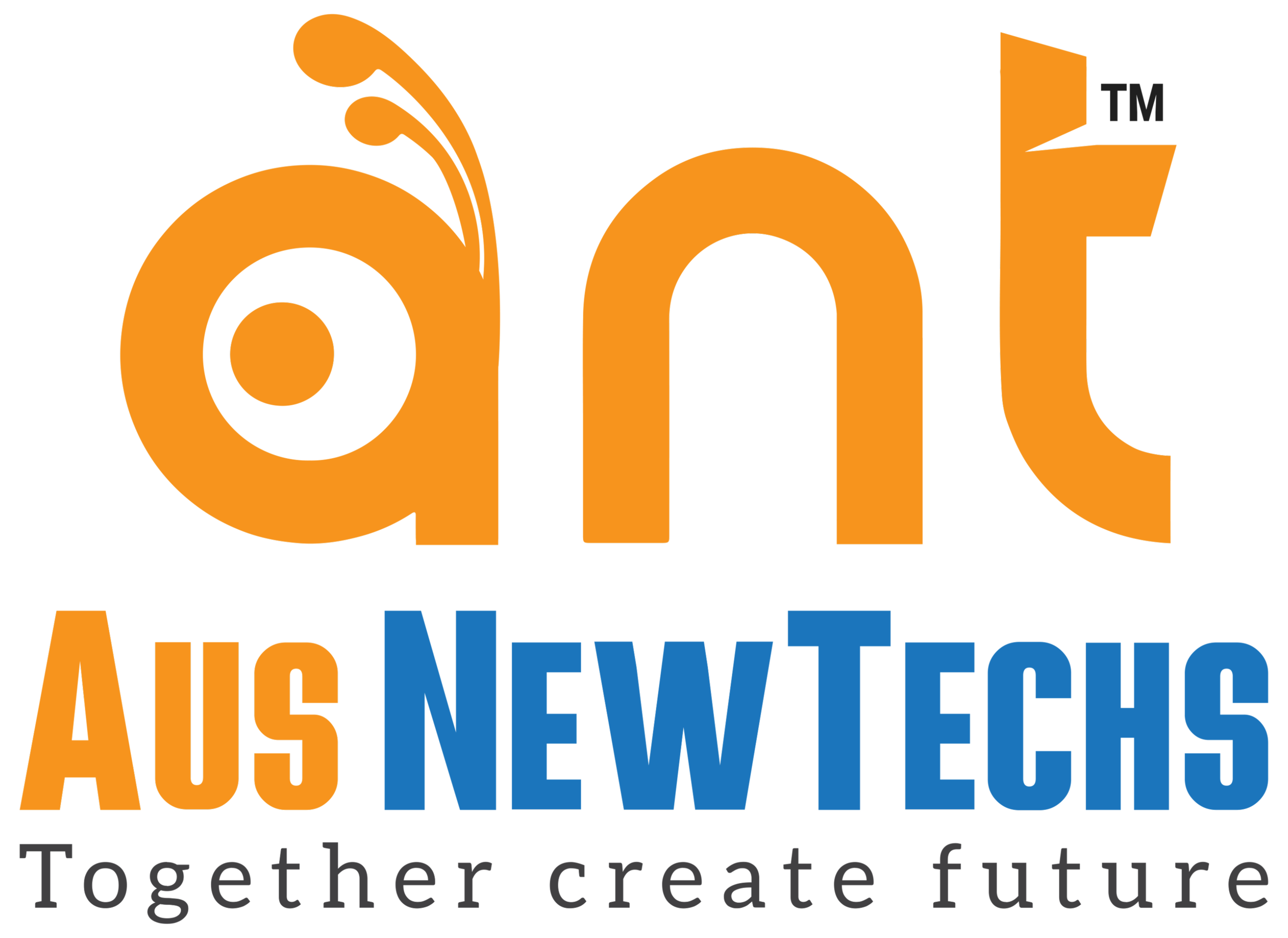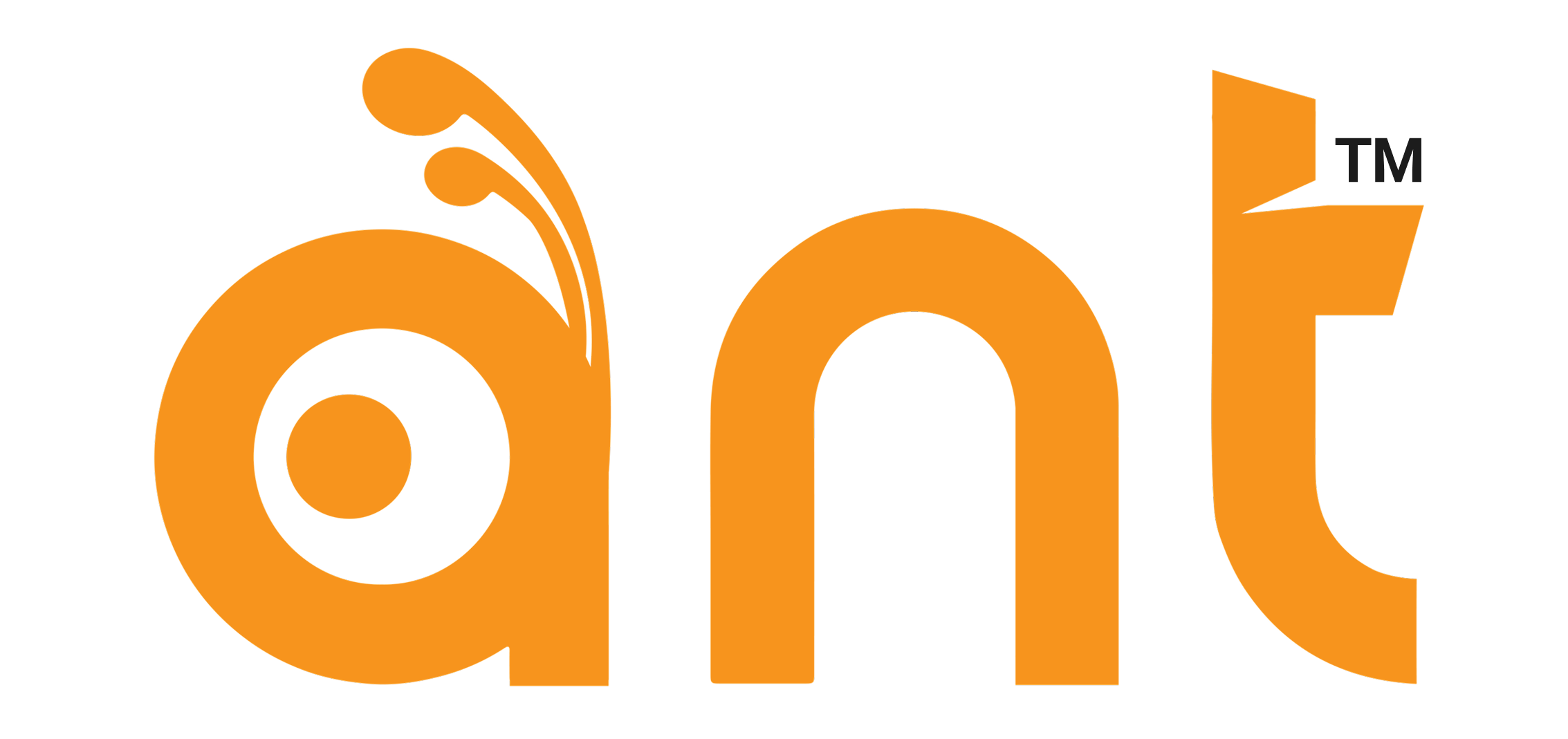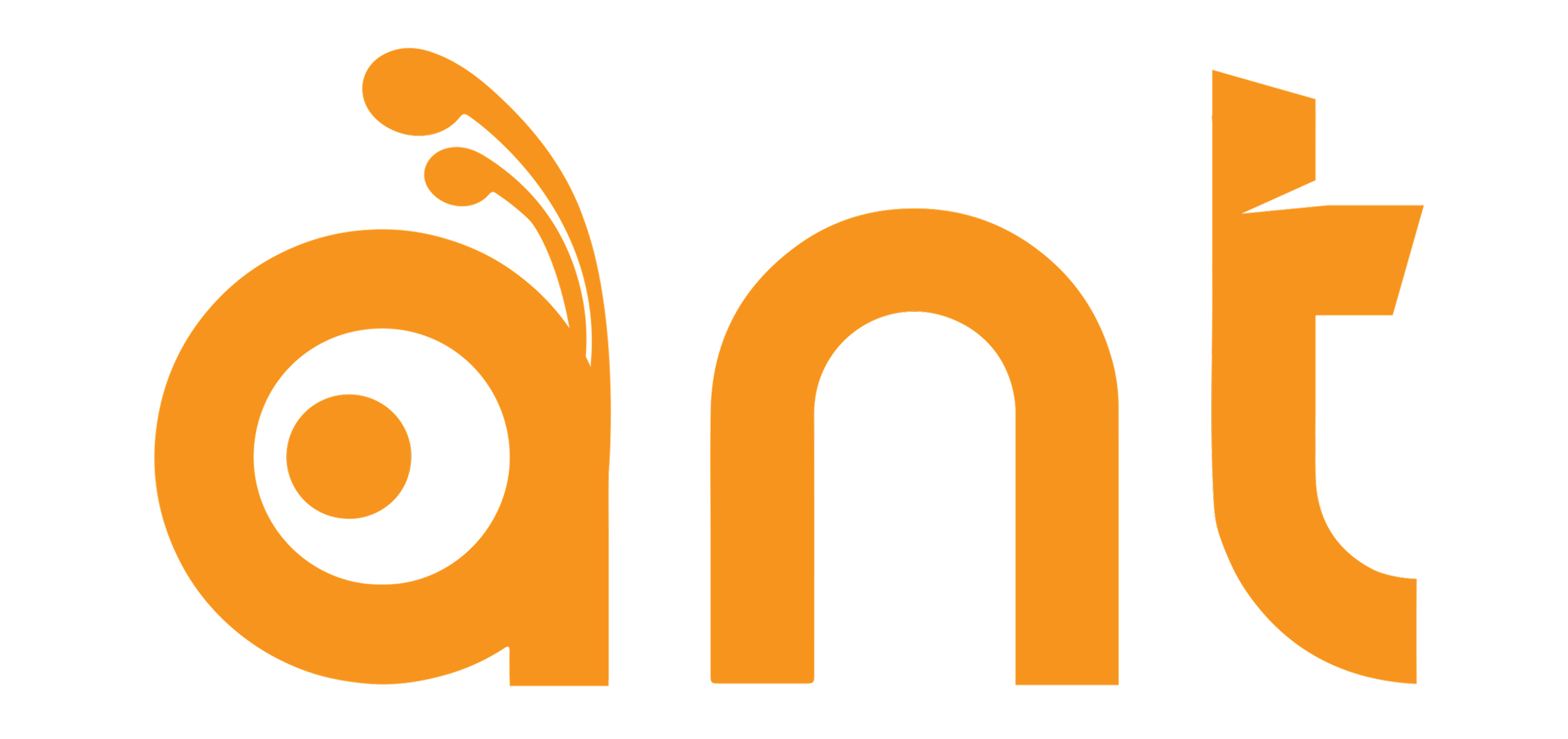Introduction
Artificial Intelligence (AI) has evolved from a theoretical concept into a transformative force in the education sector. By enabling personalized learning environments, optimizing administrative workflows, and promoting inclusivity, AI is redefining educational delivery and outcomes. For small and medium-sized businesses (SMBs) in Australia’s education technology (EdTech) sector, strategically adopting AI offers opportunities to secure competitive advantages, enhance service offerings, and address the dynamic needs of modern education systems. The global AI in education market reached $7.57 billion in 2025, reflecting a 46% increase from 2024, underscoring its rapid adoption and economic significance.
In Australia, policies such as the Australian Framework for Generative Artificial Intelligence in Schools provide ethical guidelines for AI deployment, ensuring benefits for students, educators, and communities. Australian Government Department of Education. This framework supports stakeholders in responsibly integrating AI tools. Australian EdTech SMBs can leverage these guidelines to develop solutions tailored to local challenges, such as addressing educational disparities in regional areas or enhancing digital literacy. A structured content strategy incorporating data-driven insights, ethical considerations, and stakeholder collaboration is critical to ensure AI tools are effective, equitable, and secure. This article explores key strategies for Australian EdTech SMBs to harness AI, supported by global and local examples.
- Personalized Learning at Scale
AI-powered adaptive learning platforms are pivotal in customizing educational content to individual student needs. Using machine learning algorithms, these systems analyze performance data to identify learning patterns, adjust instructional materials, recommend supplementary resources, and deliver targeted interventions for learning gaps. This personalization enhances student engagement and retention by aligning with diverse cognitive styles and learning paces.
For instance, the NSW Department of Education’s NSWEduChat, a generative AI tool, promotes AI literacy while delivering tailored learning experiences, News.com.au. Launched in 2025 for public school students from Year 5 upward, NSWEduChat ensures data privacy and equity, offering content aligned with the NSW curriculum. Unlike commercial AI applications, it fosters critical thinking through guided questions rather than direct answers, promoting deeper understanding NSW Department of Education.
Australian SMBs can develop similar platforms using natural language processing and predictive analytics to create scalable, localized solutions. Challenges include ensuring accessibility for remote learners and mitigating algorithmic biases. Collaboration with educational institutions to refine tools based on feedback is essential. Features like real-time progress tracking enable collaborative monitoring by parents and teachers. Incorporating multimodal learning, combining text, video, and interactive elements, will further enrich personalization, positioning SMBs as leaders in inclusive EdTech.
- Enhancing Teacher Productivity
Administrative burdens often consume significant portions of educators’ time, diverting focus from teaching and student engagement. AI tools automate tasks such as grading assessments, managing schedules, and facilitating stakeholder communications, enabling teachers to prioritize pedagogy and mentorship, thereby fostering stronger classroom relationships.
Research indicates that AI can save up to 30% of teachers’ time by streamlining tasks like attendance tracking and report generation, College of Education. In higher education, AI systems automate grading and reminders, improving efficiency and student retention, EdTech Magazine. Australian SMBs can create intuitive AI assistants tailored to local curricula and compliance requirements, such as those outlined in the Australian Professional Standards for Teachers. A structured strategy involves piloting tools in trial schools, collecting usability data, and iterating based on teacher feedback. Challenges like system integration can be addressed through modular designs. AI-driven professional development, such as personalized training modules, adds further value. User-friendly interfaces and robust data security, compliant with Australian Privacy Principles, are critical to build trust and drive adoption.
- Supporting Diverse Learning Needs
AI enhances educational equity by accommodating diverse learning requirements, particularly for students with disabilities or from varied backgrounds. Tools like speech-to-text transcription, real-time language translation, and adaptive interfaces ensure accessibility, dismantling barriers inherent in traditional education models.
The World Economic Forum highlights AI’s role in inclusivity, such as through digital textbooks with customizable features for students with disabilities World Economic Forum. UNICEF’s Accessible Digital Textbooks initiative uses AI for sign-language videos and text-to-speech, addressing needs in regions with a digital divide. Australian SMBs can develop solutions compliant with the Disability Discrimination Act 1992, involving stakeholder consultations and iterative testing in diverse settings. Challenges include ensuring cultural sensitivity in content adaptation and providing offline functionality for rural areas. Integrating AI with augmented reality for immersive experiences can support neurodiverse learners, enhancing inclusivity across educational contexts.
- Real-Time Feedback and Assessment
Traditional assessment methods often result in delayed feedback, impeding timely interventions. AI provides instantaneous evaluations, enabling students to identify strengths and weaknesses promptly and adjust their learning strategies accordingly.
Tools like Element451’s AI systems offer immediate insights in higher education, tailoring support to individual needs Element451. Harvard research demonstrates how large language models enhance feedback quality in learning environments Harvard University. Australian SMBs can develop assessment platforms aligned with national standards, such as the Australian Curriculum, incorporating gamification to boost motivation. Strategies include leveraging data analytics for trend identification and ethical AI to avoid biases. Transparent algorithms, adhering to privacy regulations, address concerns. Expanding to facilitate peer reviews can enrich collaborative learning, positioning SMBs as innovators in assessment technology.
- Data-Driven Insights for Educational Institutions
AI transforms vast datasets into actionable insights on student performance, curriculum efficacy, and resource allocation, supporting strategic planning and institutional effectiveness. eSchool News highlights AI’s role in improving outcomes while addressing ethical concerns eSchool News.
SMBs can develop analytics dashboards integrated with school management systems, focusing on metrics like NAPLAN data. Secure data handling, compliant with the Privacy Act 1988, and visualization tools for non-technical users are essential. Data interoperability challenges can be mitigated with API standards. Predictive modeling for dropout prevention offers high-impact solutions, enhancing institutional decision-making.
- Preparing Students for the Future Workforce
Integrating AI into curricula cultivates skills for a technology-driven economy, covering AI principles, ethics, and applications. Australian SMBs can create AI literacy programs compliant with national policies, using simulations for hands-on learning. Partnerships with industries ensure relevance. Hybrid models address digital divides in regional areas, preparing a skilled workforce and creating talent pipelines for SMBs.
- Ethical Considerations and Challenges
AI’s benefits are tempered by risks like data privacy, algorithmic biases, and regulatory gaps. UNESCO advocates for human-centered AI to protect dignity and equity. Australian SMBs should incorporate ethical audits, aligning with the Australian Framework for Generative AI. Bias detection tools and stakeholder training are critical for sustainable innovation.
- The Role of Australian SMBs in AI-Driven Education
Australian EdTech SMBs are well-positioned to innovate localized AI solutions, addressing regional challenges. The 2025 market growth reflects adoption for better outcomes and cost savings, Engageli. Trends include AI for personalization and teacher support, EdTech Trends 2025. SMBs can leverage government support, focusing on scalable, ethical tools to gain competitive edges through collaboration and agility.
Conclusion
AI is redefining education through personalization, efficiency, and workforce preparation. Australian EdTech SMBs embracing AI will drive innovation, elevate outcomes, and achieve market leadership.
Stay Informed and Innovate
For updates on AI in education and collaboration opportunities, visit Aus NewTechs. Our team supports Australian SMBs in navigating AI and advancing education.


